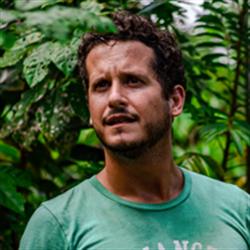We help fashion brands develop sustainable supply chains
Brazil-based Farfarm develops fabrics from agro-forestry, which they call 'textile agro-forestry'. In a chat with Paulami Chatterjee, chief executive officer Beto Bina talks about how the company is partnering with brands and designers and helping them regenerate the planet by producing sustainable fabrics.
How easy or difficult will it be to replicate this in other parts of the world?
It is totally replicable. The challenge is in the funding to develop the training and kicking-off agro-forestry. We hope with our prototypes, we can build the business case to create a benchmark and framework to be done in other regions.
What is agro-forestry as a concept? Was it existing before or is it a totally new concept?
Agro-forestry is an ancient way to grow crops in the forest. Indigenous communities have always grown cacao and coffee in the shade of trees, now we just leverage these methods to grow natural fibres as well. The idea of agro-forestry is to mimic nature, making species to collaborate with each other, creating a close ecosystem without the need of external inputs.
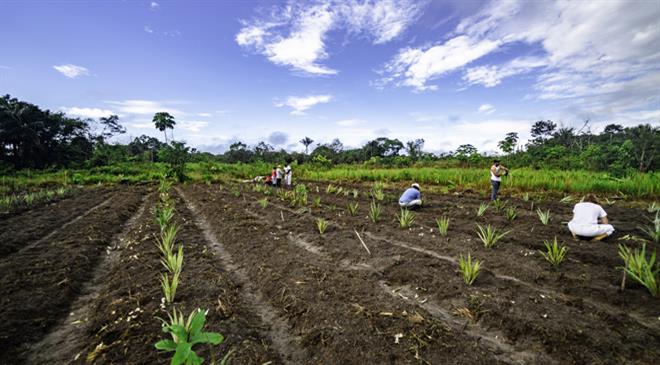
How did you come across the idea of creating sustainable products through agro-forestry?
Two years ago, I decided to build my own business-one that would satisfy me professionally and personally. While researching about regenerative systems and permaculture, I got into agro-forestry and loved the concept. Then I connected with my background in business and marketing strategy to understand that there is a big change in the fashion industry and it is an industry that we can bring added value to brands through process and transparency.
What is your business model? Who are the collaborators?
We are a consultancy firm that helps fashion brands develop sustainable supply chains. We work in projects from agro-forestry and regenerative cotton to materials research and life cycle analysis.
What textile products have you manufactured through the natural fibres grown through agro-forestry?
We have manufactured cotton and jute products as we have technological infrastructure to spin and weave. But we have also done artisanal projects with banana, pineapple and tucum.
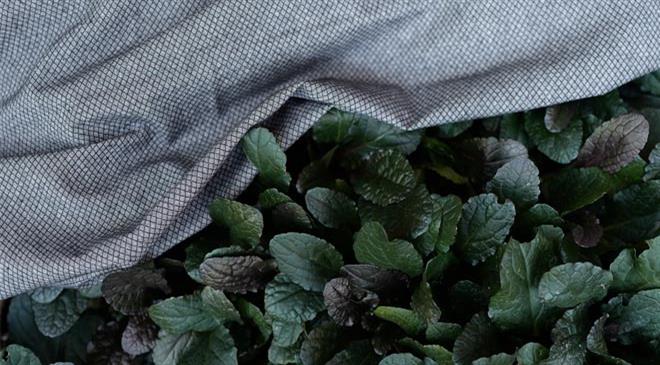
What do you produce through agro-forestry?
All our agro-forestry projects have natural fibres as the main crop, but we also focus on native species from the respective biome as well as cash-crops and food crops for the communities we work with.
When did you start your company?
We started two years ago with a prize from the Amazonian Entrepreneurial Centre. Since then, we have been investing our money to develop our agro-forestry lab. Most recently, we are developing consultancy work for fashion brands, helping them make their supply chain more sustainable, from farm to stores.
Can you tell us a little bit about primitive silk? How is it different from organic silk?
Primitive silk was developed by Gustavo Rocha, from the mill Casulo Feliz (happy cocoon). He uses an external part of the cocoon, the one that is discarded by the silk industry, and he spins in an artisanal spinner, creating a rustic look, but soft as regular silk, and it uses industry waste.
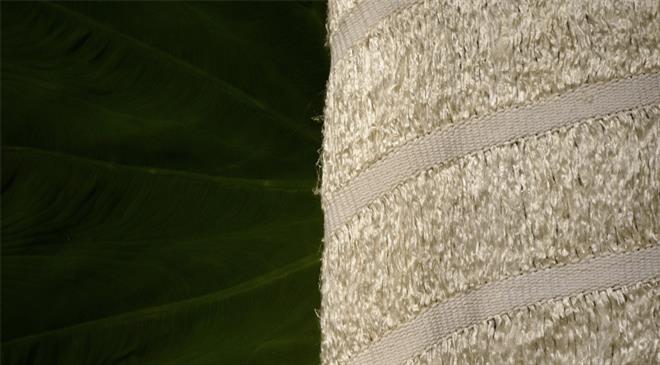
What plants are used for dyeing?
There are so many plants, especially in the Amazon region. Names vary in different languages, but in Portuguese they are: jatobá, romã, erva-mate, cebola (onion skin), café (coffee), pau-Brasil and many others.
Where are the areas where you have started up with your pilot project? How is the project progressing?
We have two prototypes, both in Brazil, one in the state of Pará (Amazon biome) and other in the state of Minas Gerais (Cerrado biome). Both will harvest and test cotton by the first quarter of 2020, so we will be able to set up the projects for scale.
What percentage of sustainability and circularity does this promise?What percentage of sustainability and circularity does this promise?
Our projects are sustainable by design. From the environmental perspective, as we regenerate degraded areas providing ecosystem services. From the social perspective, we educate agricultural families to develop agro-forestry, increasing income and food security.
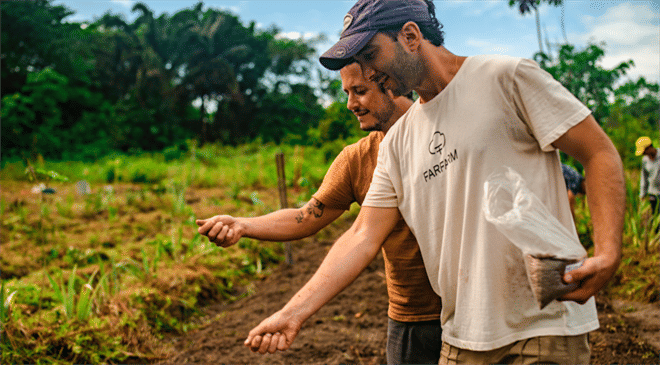
What is the difference in terms of quality and quantity of fibres grown through agro-forest systems and conventional farming?
Besides the fact that we don't use any chemicals in agro-forestry, our hypothesis is that as it is grown in a healthier environment, the production is higher and the fibre quality better, but we still have to prove that with data.
Are you selling your products only through your website at the moment?
We are selling our partners' fabrics. Our fabrics grown using agro-forestry systems are still in a prototype phase.
What is your growth plan? How do you want to expand your business?
Our business model is a consultancy for sustainable supply chain. Our goal is to be able to offer different services throughout the whole chain, from farming to life cycle assessment. In the future, we see agro-forestry more as a 'raw material' farm for man-made/cellulosic fabric and other responsible fabrics.
Have you been able to break even?
My partners and I were our main investors, and our plan is to get in the green light by mid-next year. But we are not in a rush. (PC)
